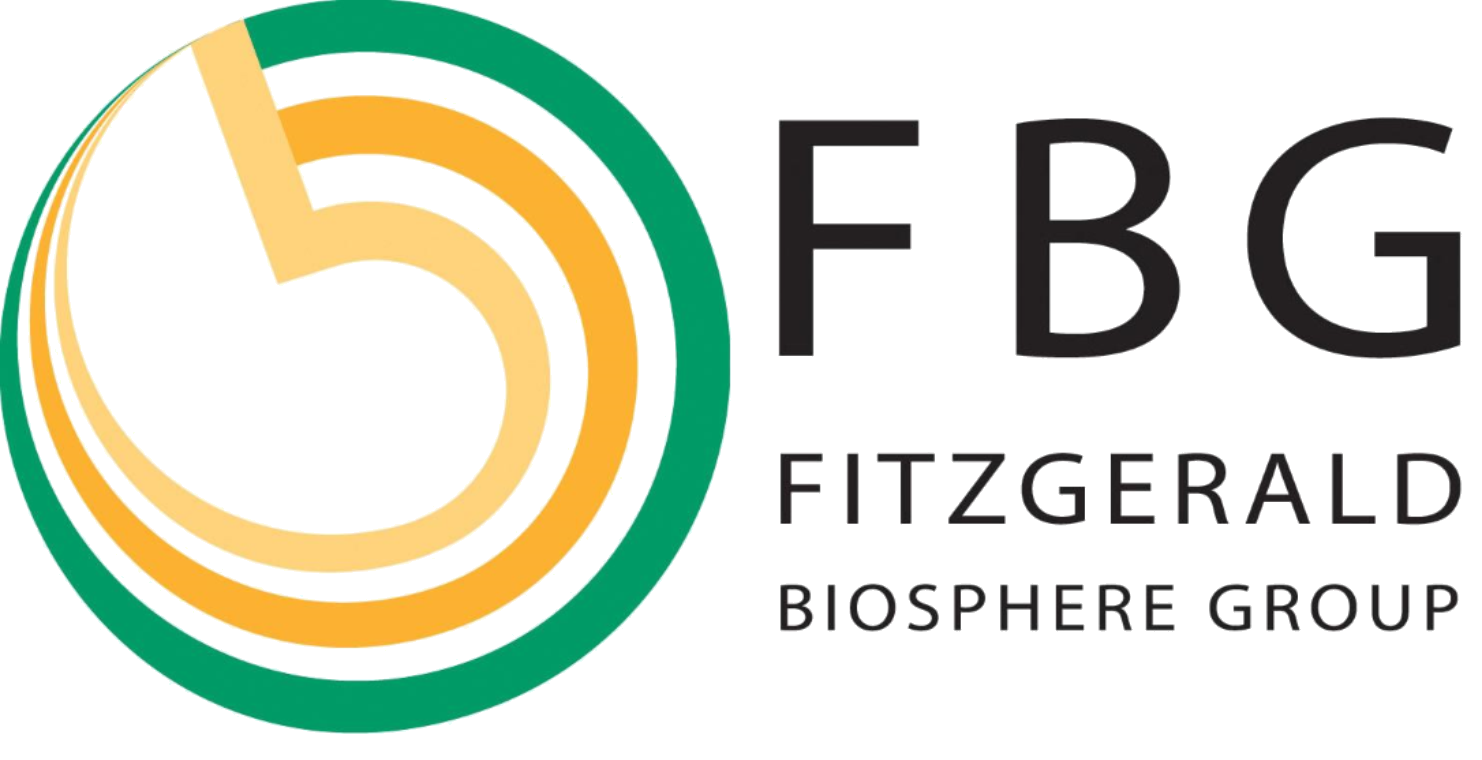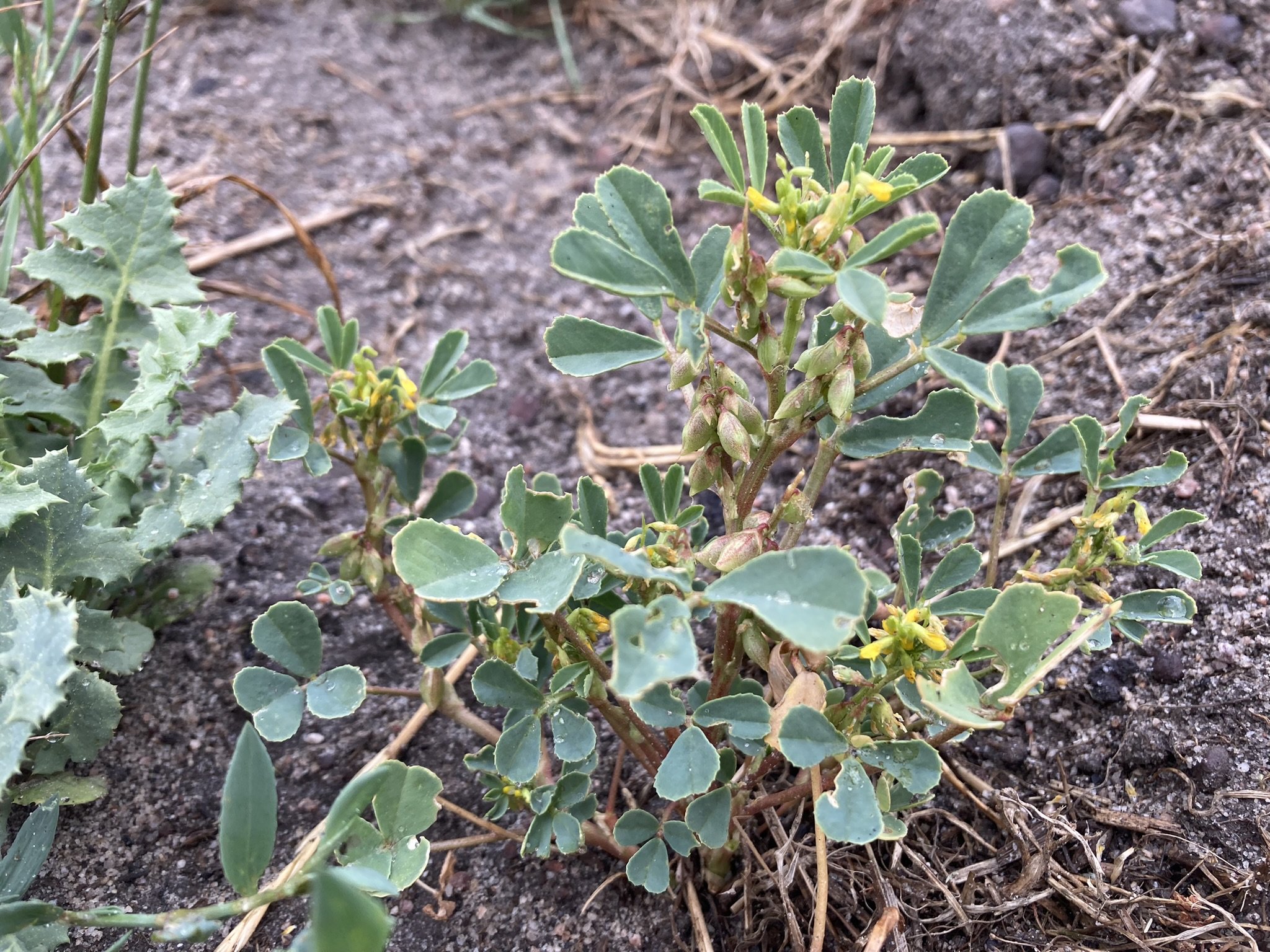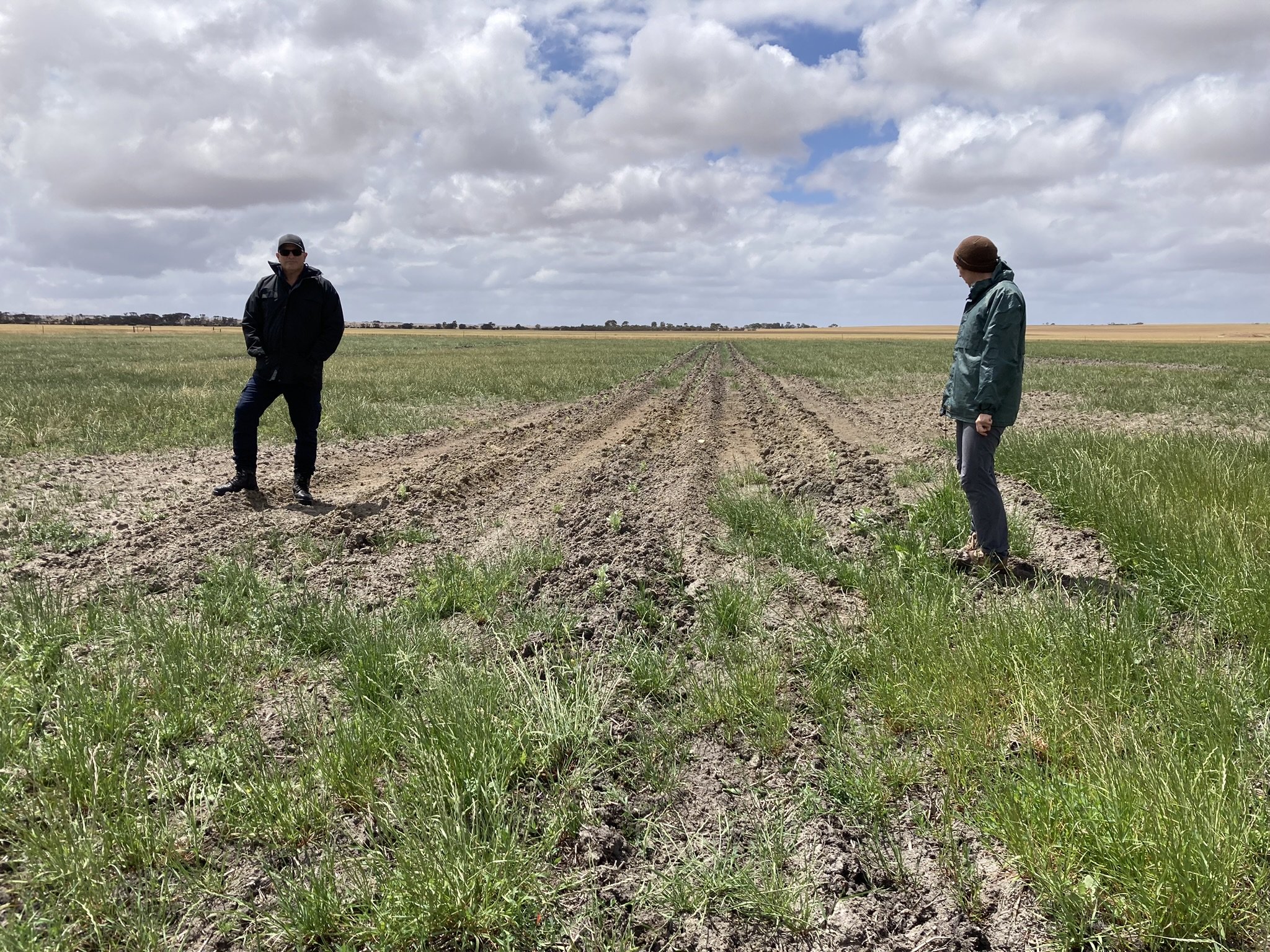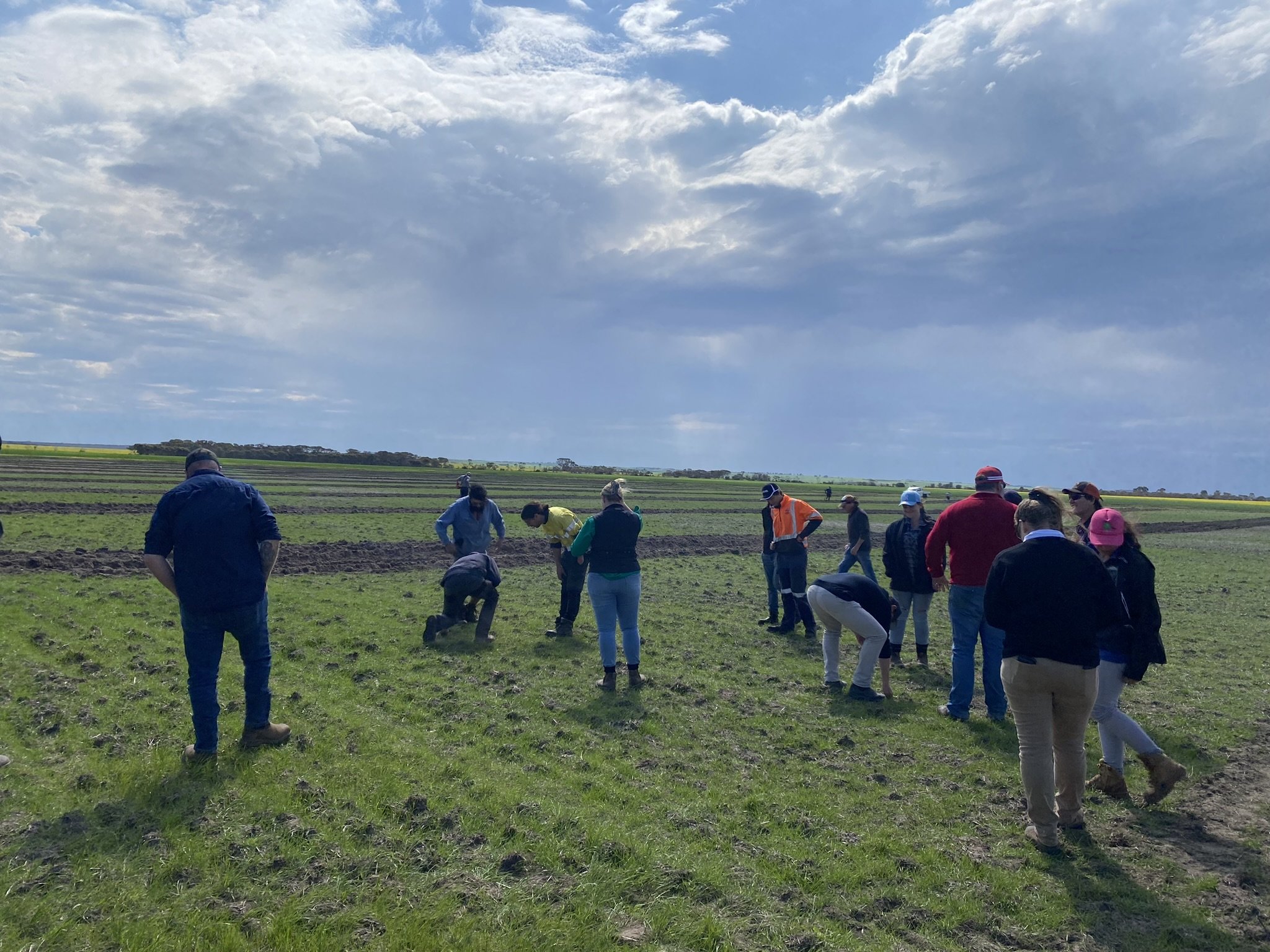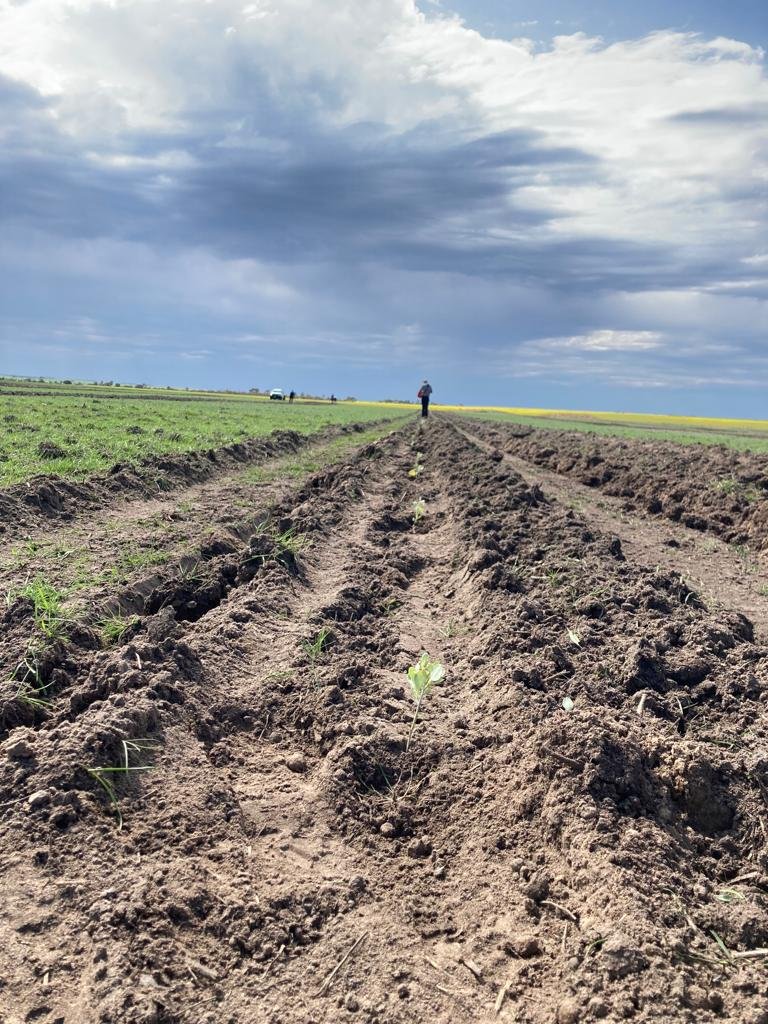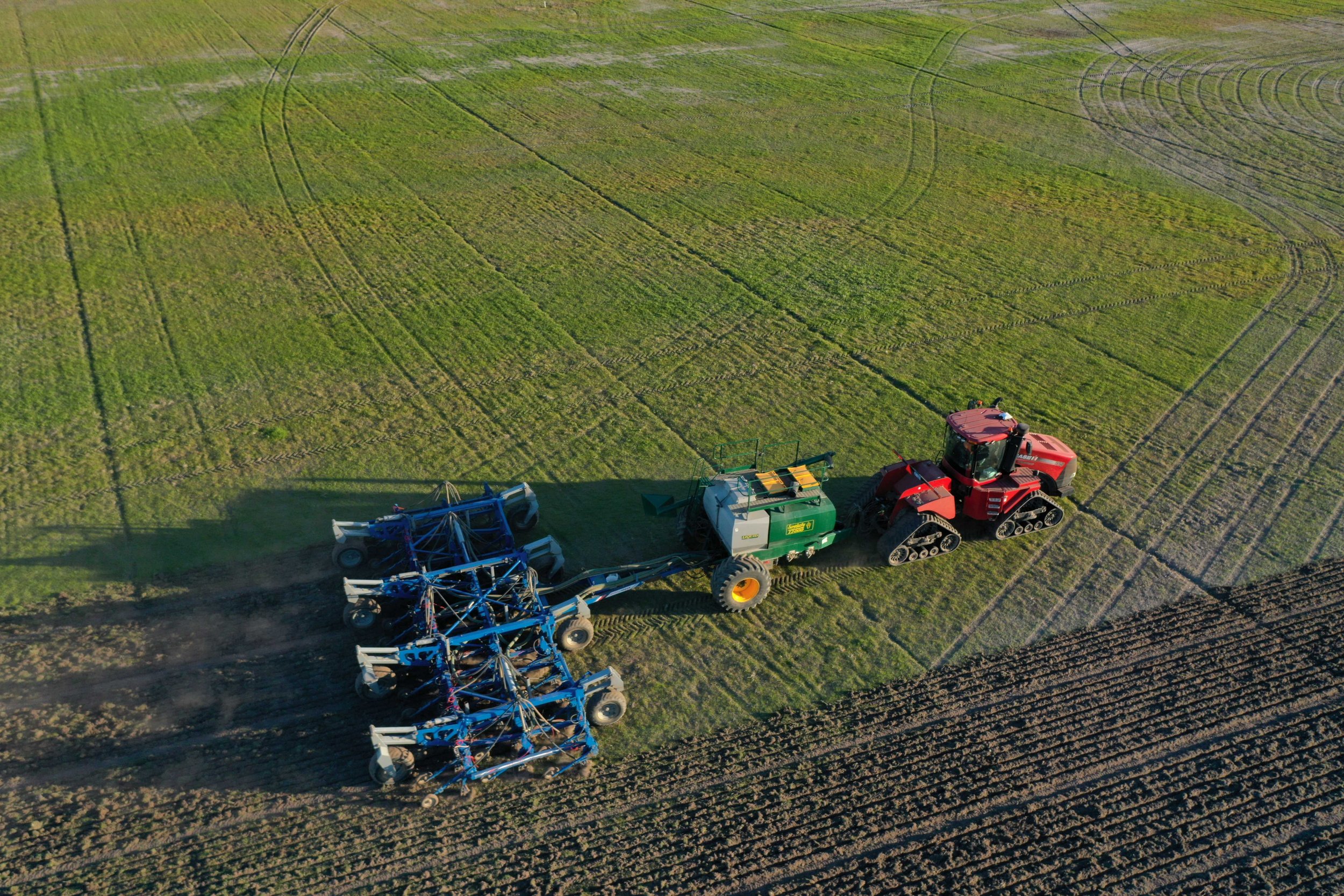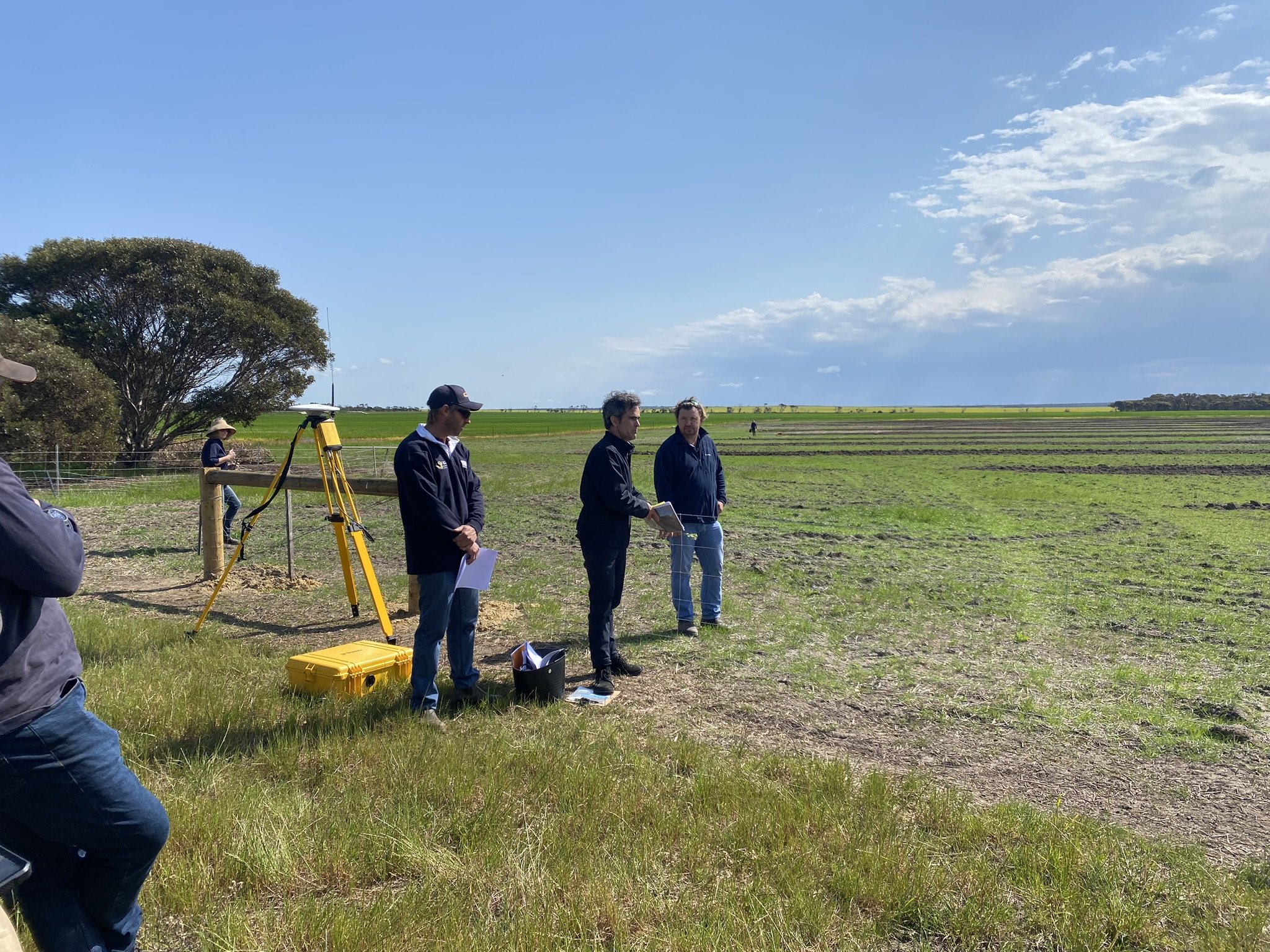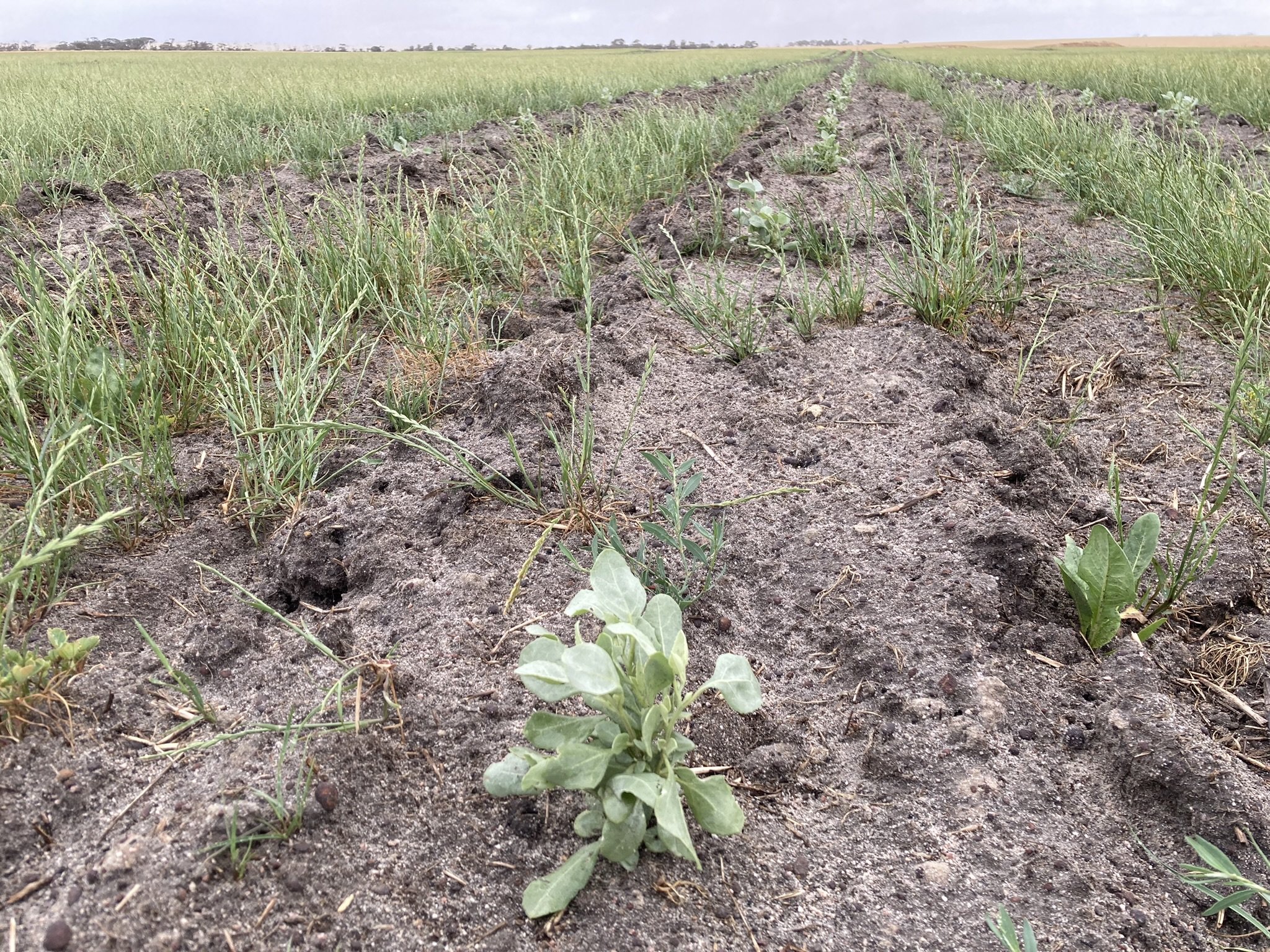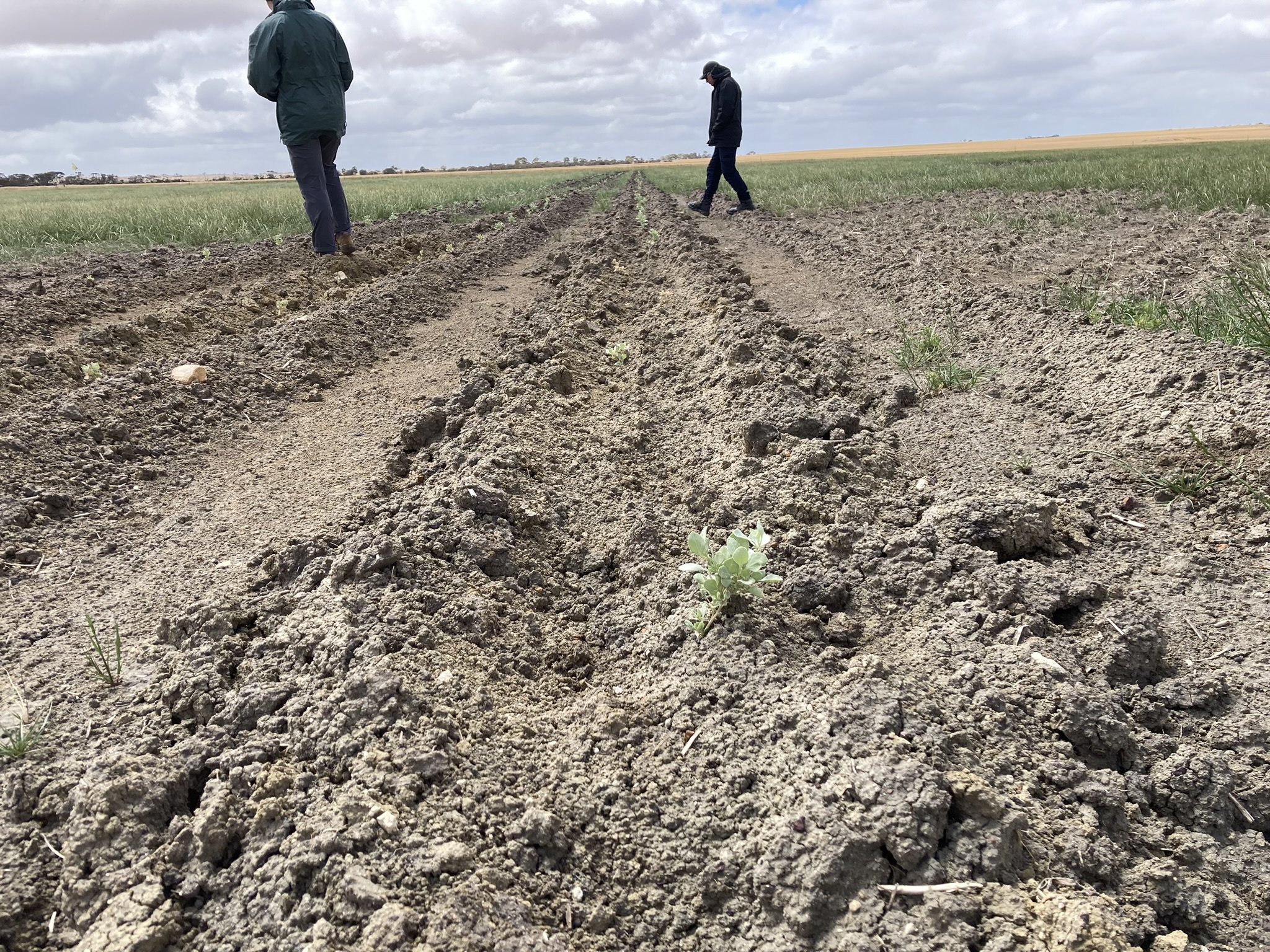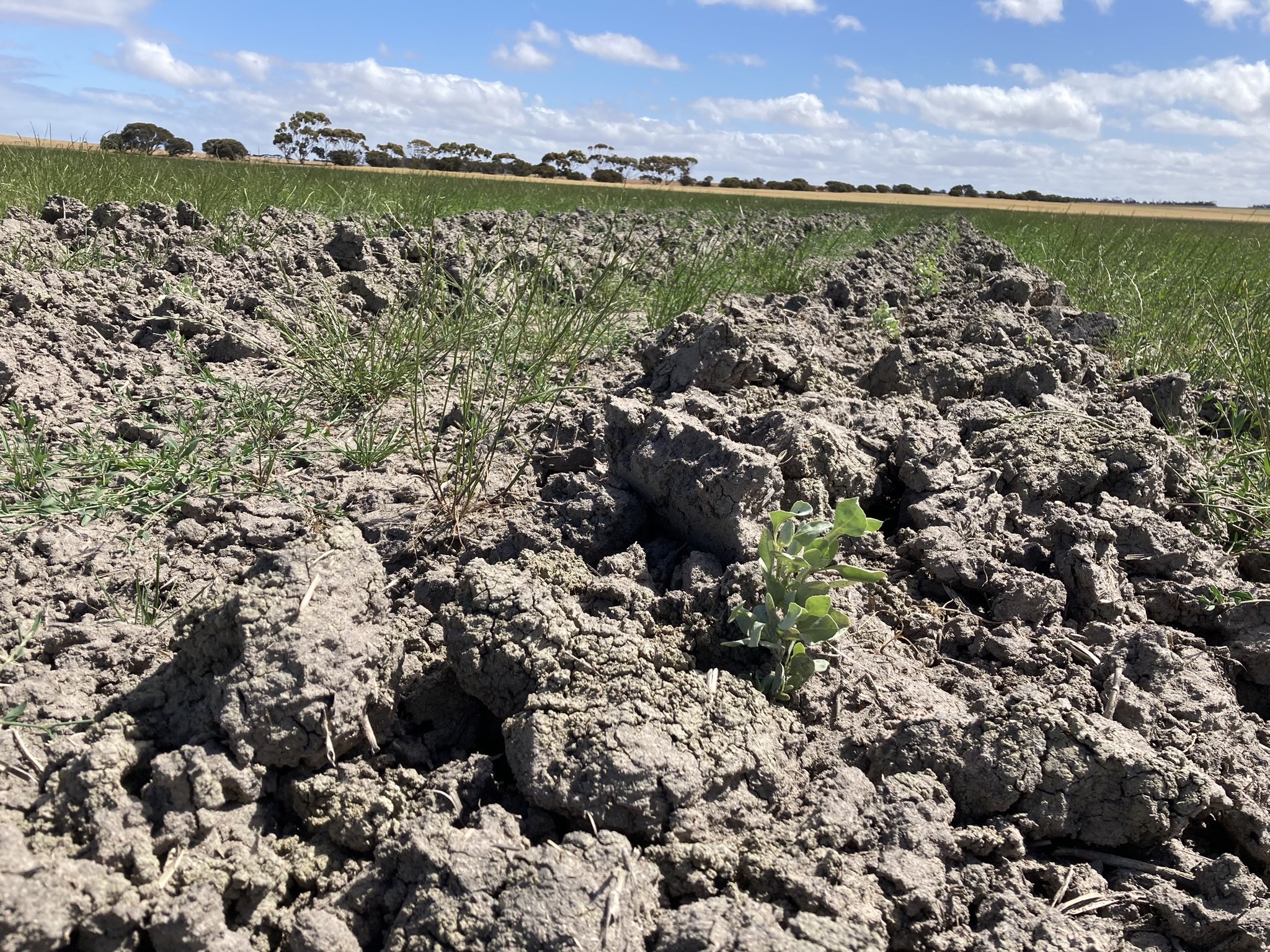Drought resilient landscapes with profitable native shrub and legume systems across southern Australia
DROUGHT RESILIENT LANDSCAPES WITH PROFITABLE NATIVE SHRUB AND LEGUME SYSTEMS ACROSS SOUTHERN AUSTRALIA
Summary: This project involves establishing commercial-scale plantations of novel forage systems that can mitigate the impact of drought. The demonstrations will utilise and expand producer support networks to facilitate broader adoption beyond the life of the project. Collection of baseline data will allow for comparison of economic and environmental benefits to aid future adoption, leading to healthier and more drought-resilient landscapes. FBG’s involvement includes supporting the selection, coordination, and establishment of one demonstration site, coordinating two field walks, working with project partners to co-design and implement a process to capture grower feedback, and assisting with communications & the preparation of extension material.
Aim: Novel understory canopies incorporated into saltbush pasture could boost shrub productivity, thereby enhancing land function and decreasing dryland salinity risk. When combined with self-regenerating legume varieties, the profitability of low-production paddocks and salinity-prone landscapes could be improved.
Timeframe: February 2023 - June 2024
Funding Source: Future Drought Fund - Drought Resilient Soils and Landscapes Grants Program (Australian Federal Government - Department of Agriculture, Fisheries, and Forestry)
Project Lead: CSIRO / DPIRD
Project Partners: NSWDPI, GGA, Fitzgerald Biosphere Group (WA), Facey Group (WA), Central West Farming Systems Group (NSW), Rangelands Living Skin Producer Group (NSW).
Our Demonstration Site:
Title: Perennial and annual pastures with fodder shrubs to fill the seasonal feed gaps
Size, locations, and hosts:
The ~9ha site has been established in Gairdner, on Craig and Naomi Hall’s property; an area which was declared water deficient in 2020 by the Western Australian government.
Site Selection and Description:
The selection of the demonstration site was based on a few factors; it has inherent fertility (sandy loam/light sandy clay) with a history of good crop and pasture productivity. The site is prone to waterlogging that can make trafficability challenging. It is at risk of becoming salt affected due to a high (<1m from soil surface) saline water table. The site was part of the September 2020 saltland pasture Challenge Site exercise. As such an EM survey was carried out across the site which confirmed the surface (within the top 0.5m of soil profile) is currently moderately saline (125-175 EC) and over a depth of 1.5m highly saline (150 – 250+ EC).
However, soil salinity is slightly variable across the site in the eastern third ranges from fresh at the surface to mildly saline at depth. This trend in the soil salinity is confirmed from soil test laboratory results from both Fert-tech Australia as well as those test at CSBP labs (see table below). The piezometer in the middle of the paddock has a high-water table (<1.5m below the soil surface) with highly saline water quality (5500mS/m). NB seawater is: ~4700 mSm.
The site is unusual in that it is a self-contained basin high in the landscape and maybe affected by a rock barrier feature (bedrock high and/or dolerite dyke reducing the groundwater base flow and adding to the saturation of the soil surface.
Two piezometers were drilled in 2008 in the vicinity of the site. 08BREM38 was drilled to a depth of 7m and is in the middle of the study site. Successive June records over this period show that the watertable level has been 1 meter below the surface in a dry season (2020) and less than half a meter below the surface in ‘normal’ seasons. The water quality in October 2020 was 5500mS/m like sea-water concentration.
Treatment:
Site preparation:
Following a cereal crop in the previous year (2022), Craig and Naomi undertook site preparation (spraying, deep scarifying and rolling) in June, sprayed again in July, and seeded the site on 24 July 2023. The site preparation required heavy scarifying and rolling due to rut marks that had set hard from seeding equipment in the previous year.
Seeding and planting:
The site proved hard to seed earlier in the season due to getting inundated in June and becoming inundated and waterlogged, but dried out sufficiently by late July to be seeded (see drone photos). At this time, conditions were still too wet for Anameka plantings, which were instead planted on 11-12 Sept 2023.
Mixed species of perennial grasses, lucerne and chicory and a broad mix of annual legumes including the highly salt and waterlogging tolerant Messina were sown as an understory. Alleys of Anameka fodder shrubs (an elite selection of old man saltbush) are planned to be planted in triple rows 1.5m between plants and rows with a 15 m interrow. 940 stems/ha.
The final seed mix included:
Tall wheat grass (8.8 kg/ha)
Lucerne/Chicory (2.8/kg /ha) 3:1 ratio of Lucerne (3kg) to Chicory (1 kg)
Messina (5.5kg/ha)
Kikuyu (330g/ha)
Balansa clover (1.6kg/ha)
Gland Clover (1.6kg/ha)
Medic (1.6kg/ha)
Subclover (1.6kg/ha)
Vetch (1.6kg/ha)
Paradana (1.6kg/ha)
Prima (1.6kg/ha)
Cavalier (1.6kg/ha)
Scimitar (1.6kg/ha)
Dalkeith (1.6kg/ha)
RM4 (1.6kg/ha)
Tyrell (1.6kg/ha)
Inputs:
80kg/ ha Fert in 2022 (Super 3:1)
50kg/ha of Fert at seeding July 2023 (Super 3:1)
Due to site conditions the site has not had a follow up insecticide and there is some evidence of RLEM damage in the legumes (Sept 2023).
Soil nutrient status (using DPIRD nutrient calculator, to achieve a 90% relative yield)
Soil samples were collected in June 2023 by DPIRD, prior to the seeding. The soil fertility across the site is high. The high levels of macronutrients are not expected to be causing adverse effects to the plants. However, tissue testing the sub-clovers may indicate any possible toxicity effects to grazing sheep.
Surface salinity levels are high across the site, dS/m results were entered into the Soil Salinity Calculator (saltlandgenie.com) and assume a waterlogged sandy loam in the soil surface. pH levels are considered in the favourable range (5.5 – 7.5) for maximum production and allowing most nutrients to be available.
UPDATE: Spring 2023
Anameka plantings appear to have a success rate of 98%
While dominated by ryegrass and wireweed, perennials are persisting at the site. Messina, tall wheat grass, chicory, and lucerne appear most prevalent at this stage.
Use the Saltland Genie web app to help you plan your own projects.
